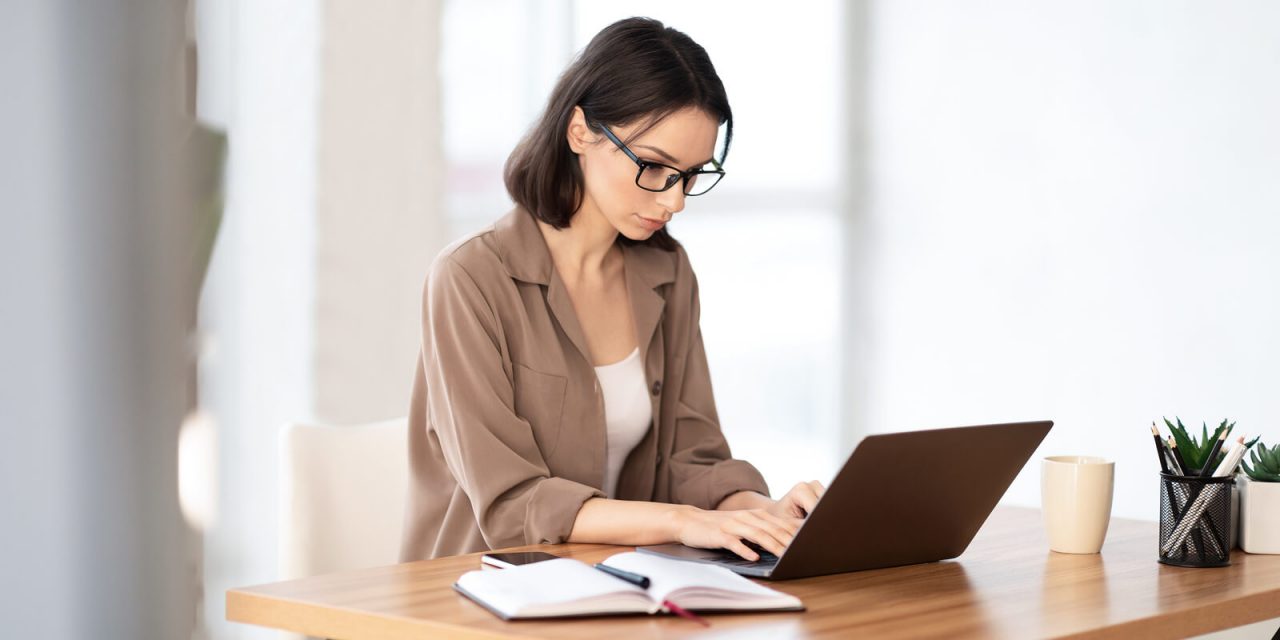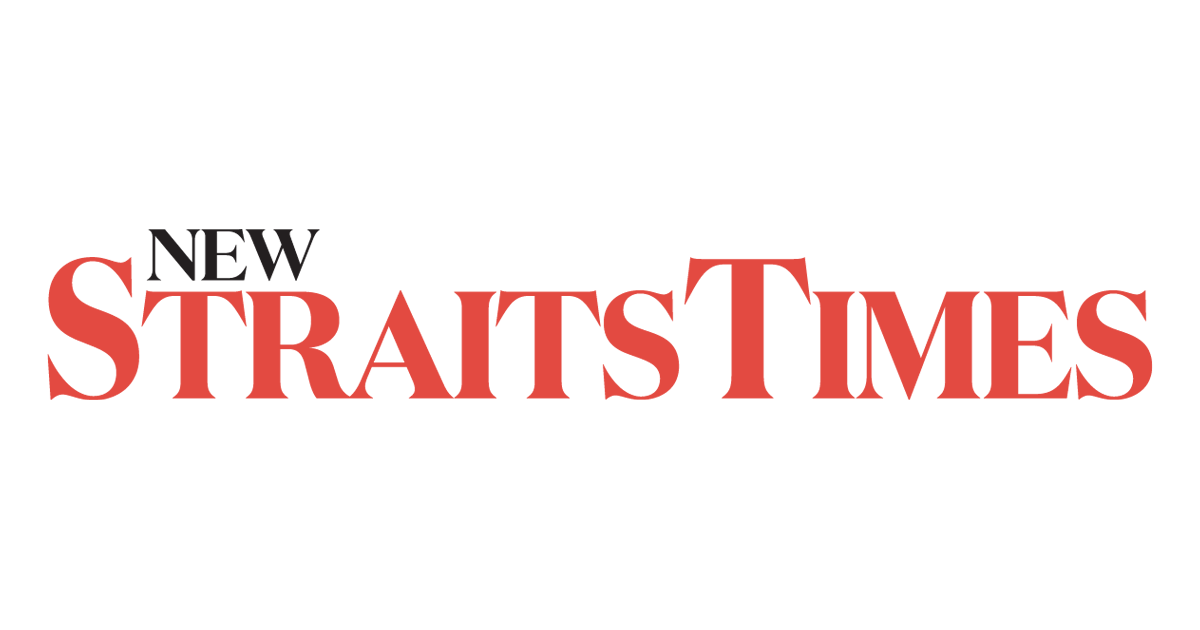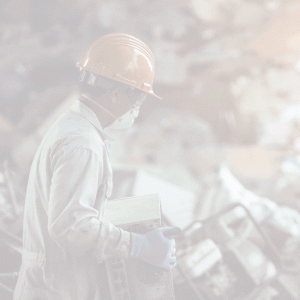KUALA LUMPUR | Despite increasing calls from employees to resume working from the office, employers and public health experts believe for now a hybrid model is the safest working arrangement.
Maukerja chief executive officer Ray Teng said companies must be flexible to adapt to the ever-changing Covid-19 situation in the country.
“A hybrid model, where staff work from office by rotation, is still the best arrangement. With the emergence of the new Omicron variant, it is not safe yet for employees to return to offices at full capacity.
“When people work from home for a long time, they are still efficient but at the expense of their personal development and mental health.
“As companies struggle to recover the profit lost due to the pandemic, the pressure on employees to deliver their targets is continuously increasing.
“Being cooped up at home will take a toll on their mental health, especially for individuals who live alone.
“So they need to occasionally meet their colleagues to have small chats over lunch or tea breaks to release their work stress,” he told the New Straits Times.
However, Teng said the hybrid model would incur more costs for employers as they must implement additional safety protocols before their staff returned to offices.
“For example, my company operates from offices in three different locations. Otherwise, all my employees will be affected even if one positive case is detected in the office.
“Nevertheless, the additional cost incurred to make this arrangement is beneficial for the company’s productivity in the long run because the pandemic may go on indefinitely.”
Manipal University College Malaysia Community and Occupational Medicine Professor Dr. G. Jayakumar said welcoming back employees to offices was
inevitable for employers as Covid-19 gradually became endemic.
“Basic public health measures have to be enhanced and maintained as an integral part of our community since sporadic outbreaks may still occur in the future.
“However, once Covid-19 vaccination becomes similar to annual influenza vaccinations, people will be protected from getting severely ill or succumbing to the virus.”
Dr. Jayakumar said human beings were a social species that relied on social interaction to survive and thrive.
“Occupational physicians have reported a rise in health disorders like anxiety, hopelessness, sleep disturbances and depression since WFH arrangements began. Employees are also prone to burnout since WFH often blurs the line between their personal and professional lives.
“WFH has also caused many employees to develop a sedentary lifestyle and decreased physical activity, coupled with an increase in food intake, which could lead to other diseases such as diabetes and high blood pressure.”
Alliance for Safe Community chairman Tan Sri Lee Lam Thye also supported a hybrid working arrangement as he believed the advantages of working from office outweigh the disadvantages.
“While WFH was a favorable option during the pandemic, it is not the ideal working environment.
“It was only a temporary adjustment and not a sustainable long-term working arrangement.
“Furthermore, WFH has its fair share of challenges, especially in terms of Internet connectivity and the security of confidential data shared online.
“Employees prefer to work from office due to better facilities, expedited communication between co-workers and the comfort derived from social interactions between colleagues.
“A hybrid model, therefore, enables employers to continue operations while ensuring the Covid-19 threat is managed better.”
Besides ensuring proper ventilation and regular sanitization, Lee said, high-risk workplaces should conduct RTK-Antigen testing for employees categorized as close contacts due to work-related activities and for those who exhibited Covid-19 symptoms.








